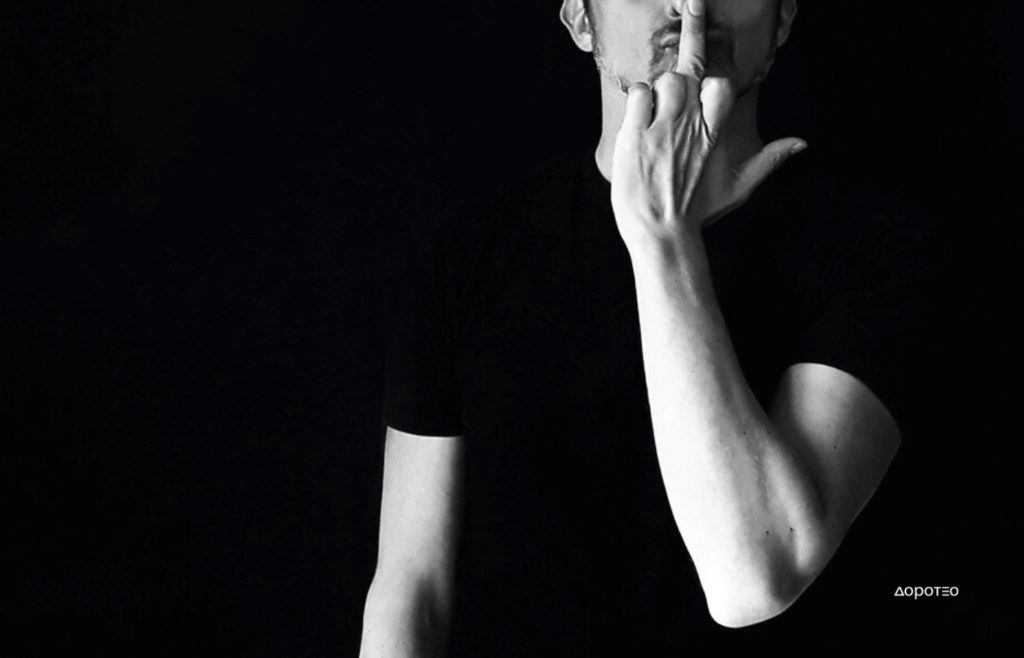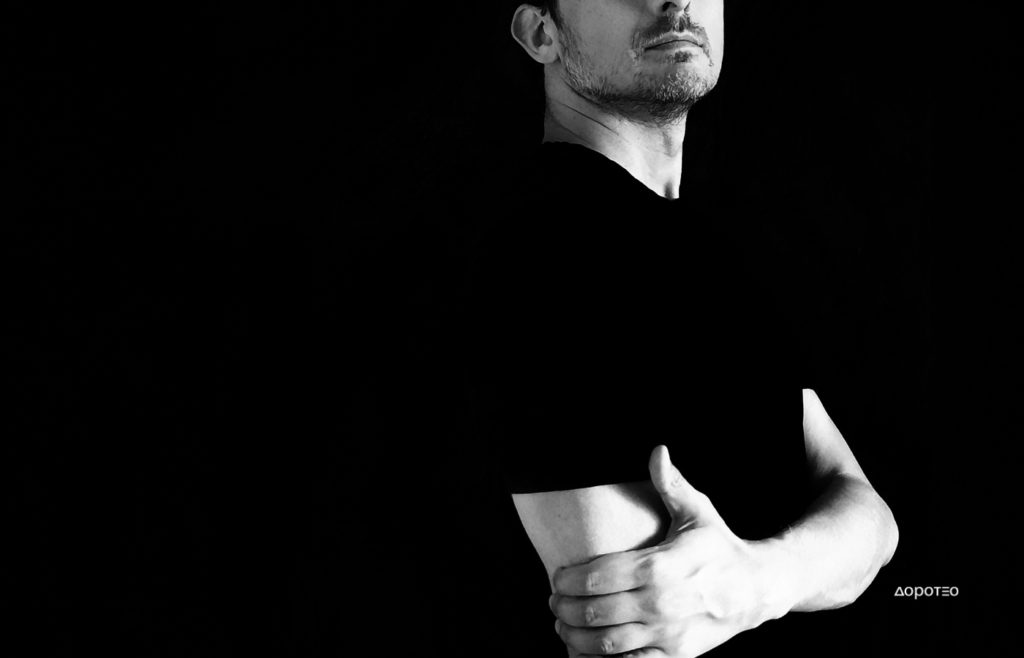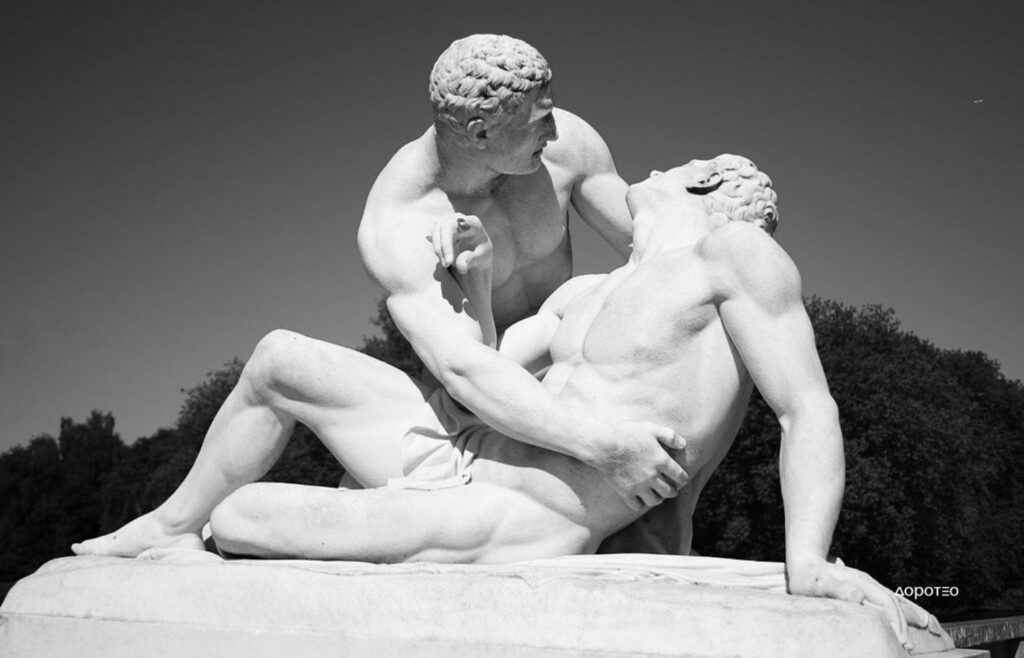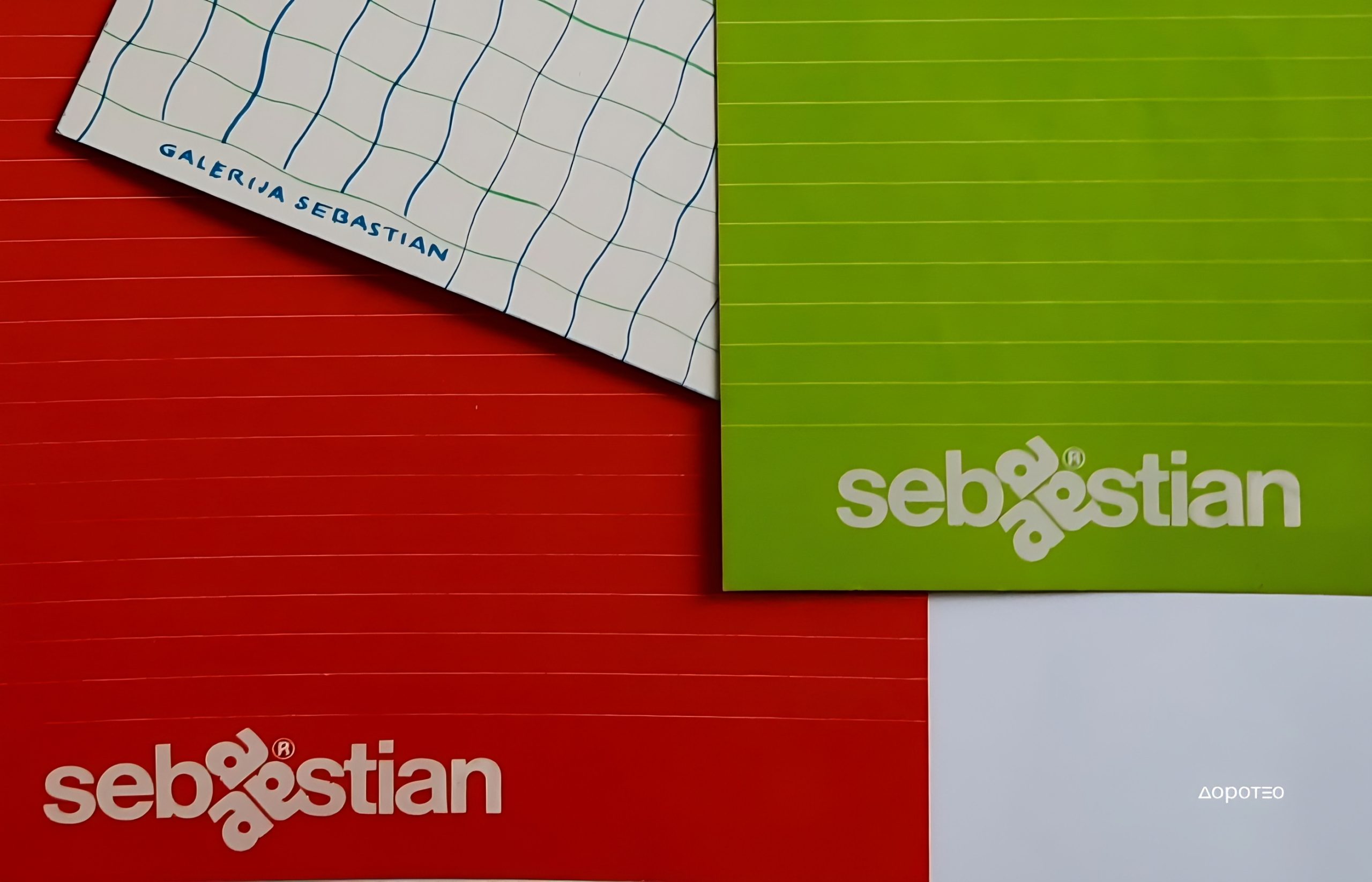
SEBASTIAN / THE FIRST YUGOSLAV CONCEPT STORE
In specific circumstances during the development of Yugoslav industrial design in the late ’70s, the first Yugoslav concept store, Sebastian, emerged and quickly gained the status of a cult design-art brand.
The term “concept store” was coined and first used by Italian sociologist Francesco Morace in 1991, describing the Carle Sozzani boutique in Milan, “10 Corso Como,” which was primarily a bookstore with an expanded range including clothing, decorative items, accessories, and furniture, thus merging fashion, art, and design.
Just around the time Morace coined this term, Sebastian as such went into history and oblivion, except for a few collectors who still cherish the memory of it.
From gallery to concept store
Behind the entire Sebastian idea stood Ljuba Gamulin, the director and producer in the gallery. After completing art history and gaining experience in the summer branch of the Zagreb Upper Town Gallery of Contemporary Art in the early ’70s in Dubrovnik, she decided to open a gallery that would exist continuously.
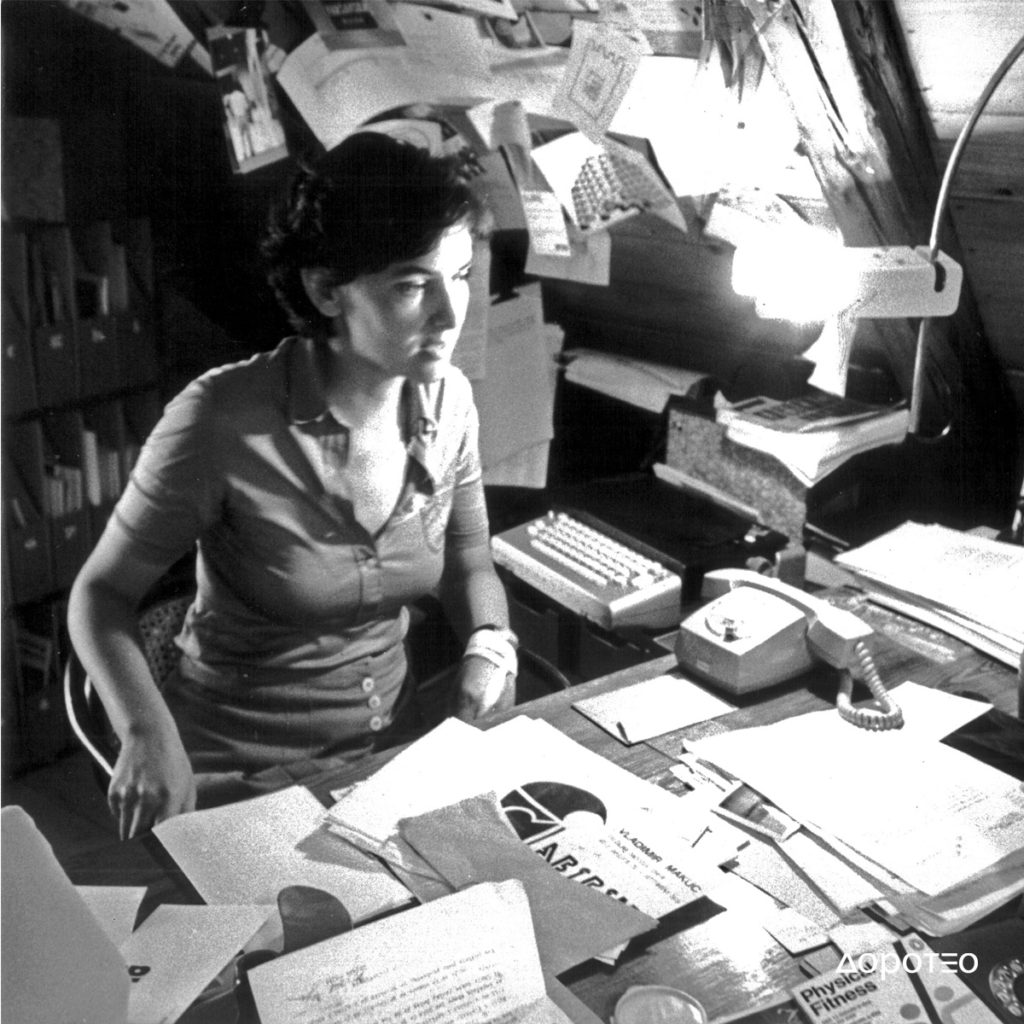
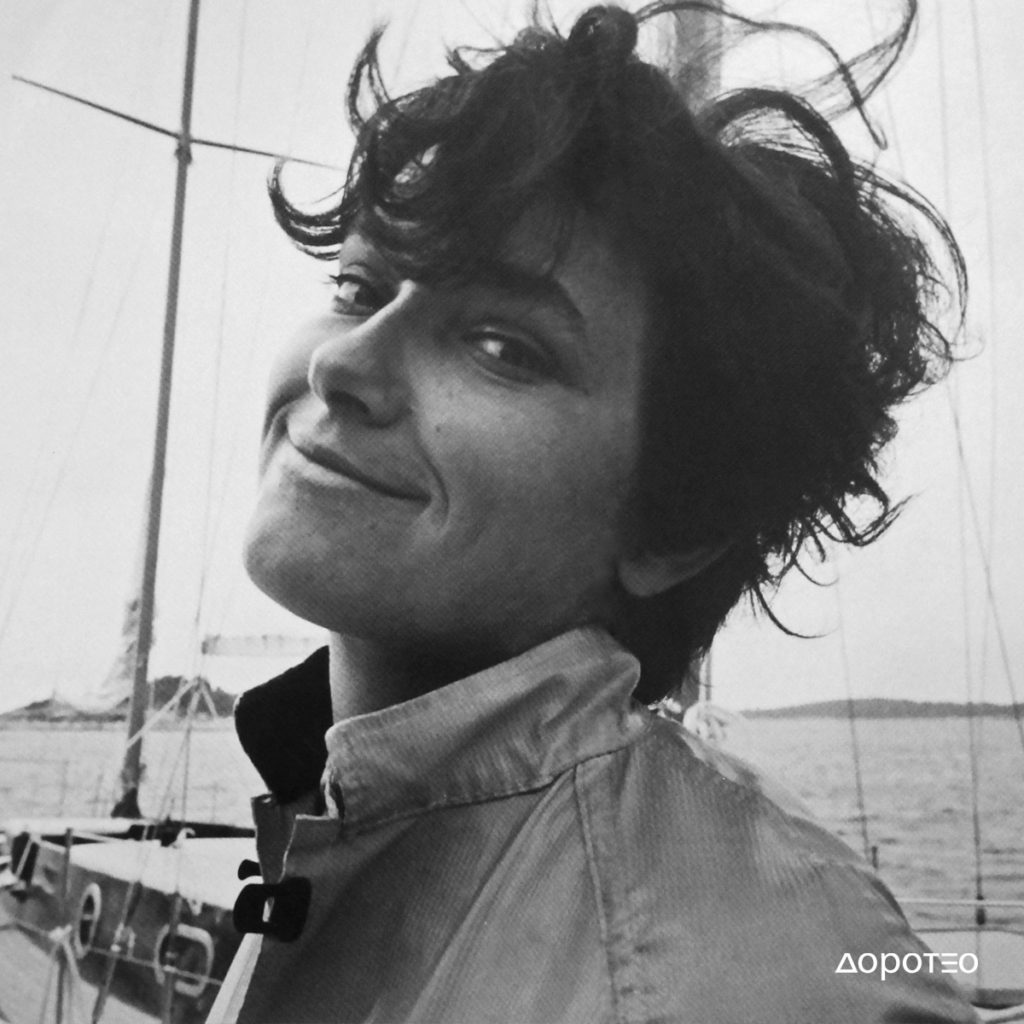
She found support for her idea and project in the Atlas travel agency, within which the gallery was opened in 1972 as Atlas Art Agency, later named after the specific space of the Renaissance church of St. Sebastian in which it was located.
Sebastian, from 1977, introduced a new source of funding through the design, production, and marketing of consumer goods designed to the highest design standards and made throughout the SFRY in some of the largest industries, such as the Glass Factory Paraćin, Saturnus from Ljubljana, TOZ from Zagreb, Simpo Vranje, Textile Combine Vranje, Metalac Gornji Milanovac, Feroplast Buje, as well as with smaller entrepreneurs in all republics.
The range Sebastian offered differed from anything available in the SFRY at that time and resembled shops in Italy, which served as inspiration for Ljuba Gamulin. While many thought these products were imported from Italy, she stuck to her initial idea of showing that it was possible to produce all of this in Yugoslavia.
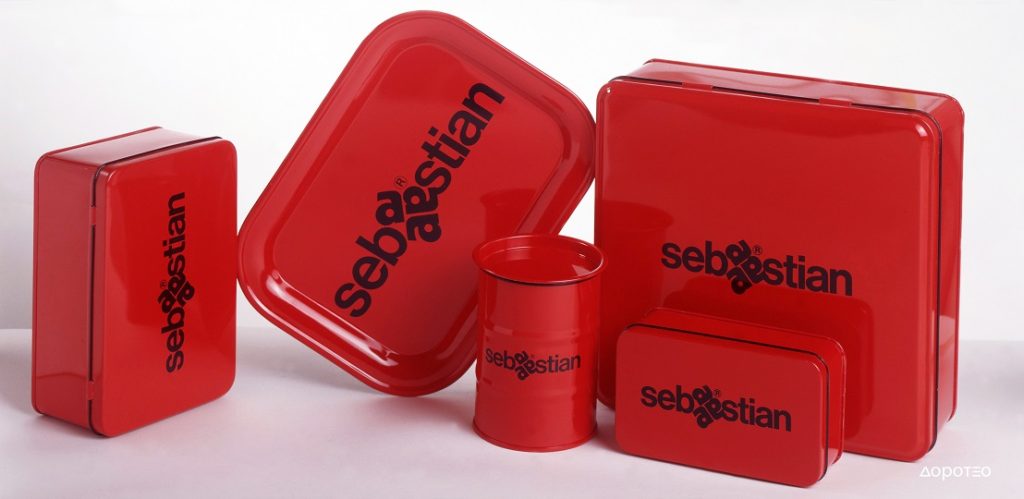
The unique aesthetics of the products, based on the minimalism of bright colors but clean and simple forms, made them immediately popular among Yugoslavs, increasingly oriented towards the West and its aesthetics. Sebastian offered objects that suited the spirit of the time and the taste of discerning consumers. Having something from Sebastian, with its recognizable logo, became a sign of good taste and a reliable choice.
Belgrade’s Sebastian in Knez Mihailova street
The opening of the gallery in Belgrade was a turning point for the beginning of the development of commercial Sebastian products. Although a tourist center, Dubrovnik was not so relevant in the winter season to rely on such entrepreneurial ideas, but with the arrival in the multimillion capital, things changed.
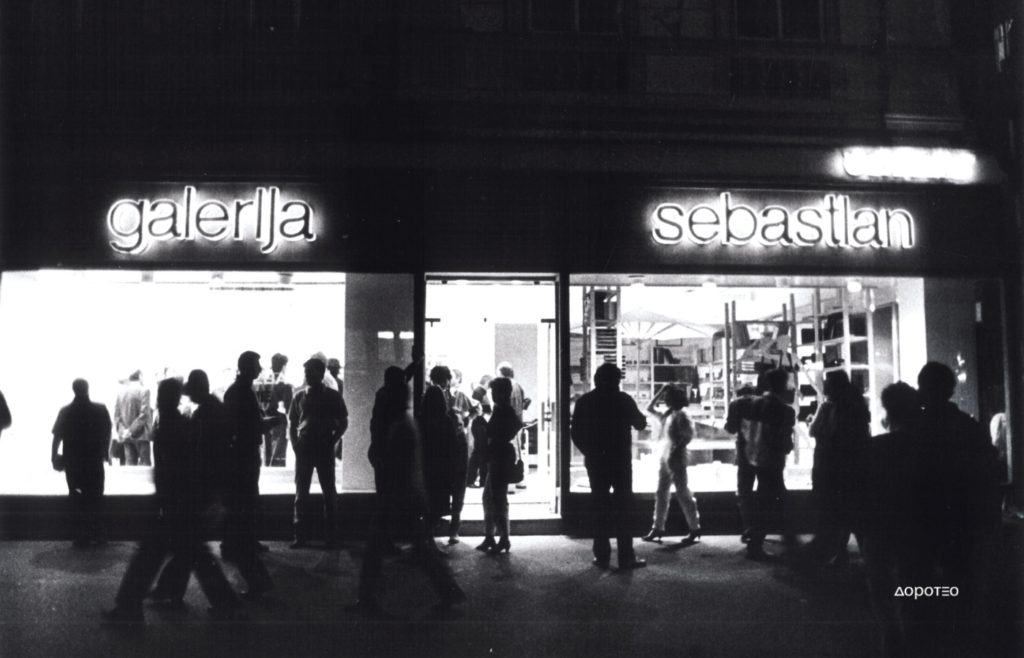
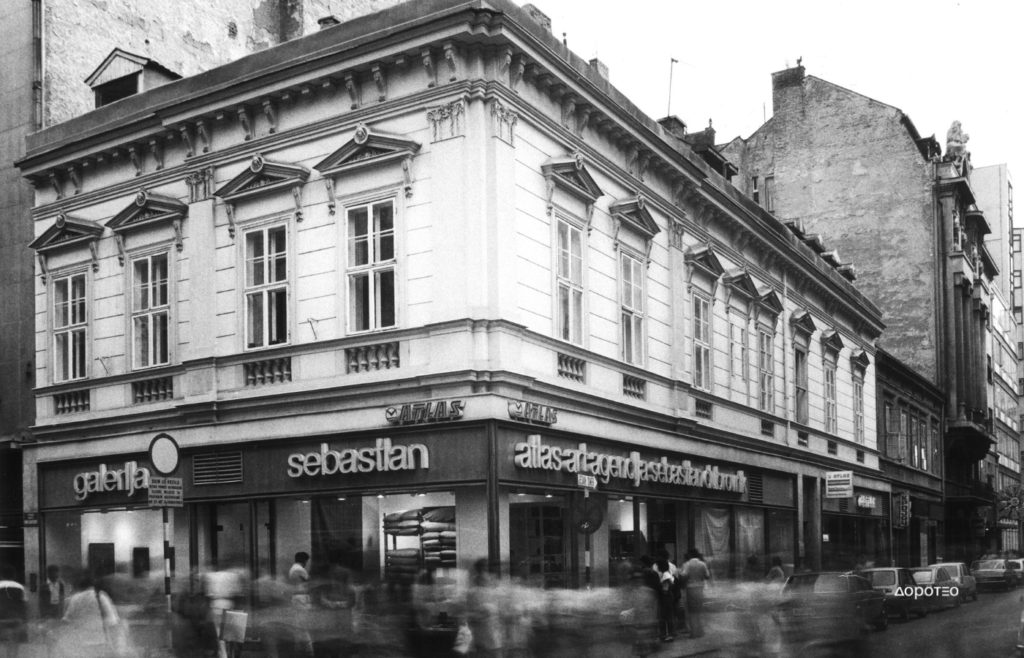
The German daily newspaper Suddeutsche Zeitung, in its extensive report on Belgrade at that time, wrote about the huge line in front of the Sebastian gallery, resembling people waiting to buy an attractive food product or coffee rather than modern design home items. Many were surprised by such an image from a socialist country, but for those working at Sebastian, it became almost an everyday occurrence, as people came from all over Yugoslavia with shopping lists. Later, the network of sales outlets expanded so that there were about forty of them in the early nineties, located within Atlas branches from Bled to Skopje.
Rich assortment of Sebastian products
Storage containers, tin boxes, ashtrays, notebooks, blocks, pencils, wire shelves, blankets, T-shirts, bags, backpacks – it’s almost impossible to list the entire range of Sebastian products, and everything started with glass.
Product lines multiplied and changed. In the beginning, Ljuba Gamulin was mostly guided by her vision and creativity, a sense of aesthetics primarily, and then designers began to approach, wanting to collaborate with Sebastian. However, the basic concept was never abandoned.
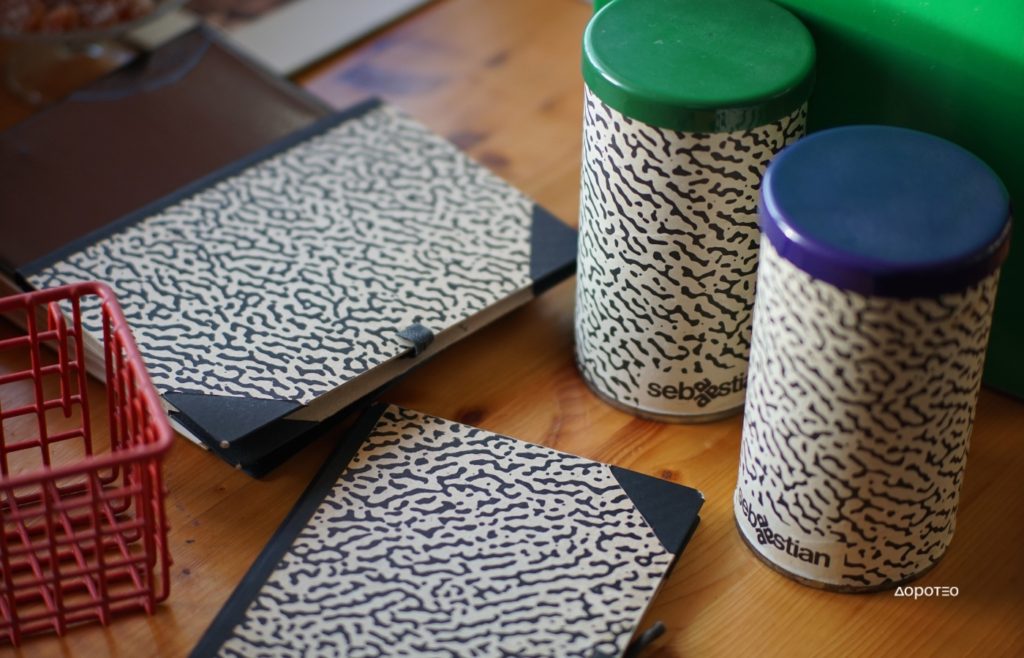
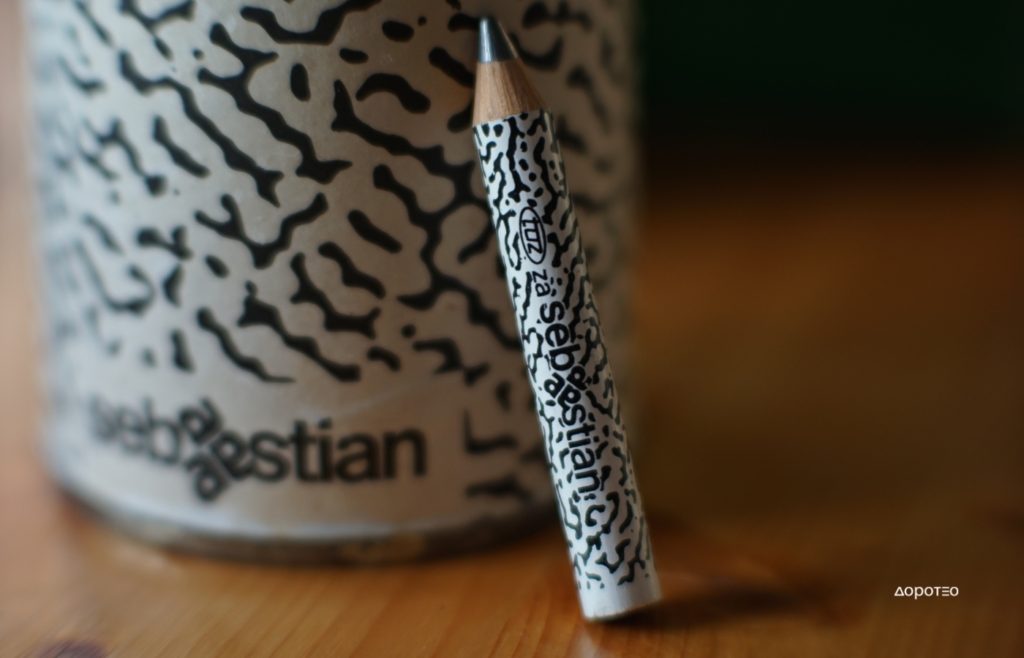
The secret of Sebastian product success lies precisely in the fact that no object was designed in isolation, as an individual, but as part of a broader concept of products unified both in design and material and colors. This approach achieved visual consistency both in the sales outlet and in the homes of people who bought these products. The use of clear forms and bright, but clean colors, became a stance that actually brought these products so much popularity in the greyness and monochrome of the space and time in which they were created.
The peak of Sebastian’s gallery
Sebastian was an advanced brand, whose strength, among other things, was reflected in unexpected and unpredictable projects that were not only commercial but also important for a society that was becoming less socialist and more consumeristic.
Essentially, in just over two decades of existence, Sebastian products achieved enormous popularity, but it is debatable whether it reached its peak or if it would have happened if there hadn’t been a war in these areas in whose whirlwind Sebastian was lost. The Dubrovnik gallery, now in a completely new context, still exists, while the Belgrade one was demolished in 1991 to be replaced by today’s Progres gallery, which largely represented the easiest solution to resolve property and legal issues between the two states. The remaining Sebastian merchandise was sold for some time in the Belgrade Beo display, and then it completely disappeared.
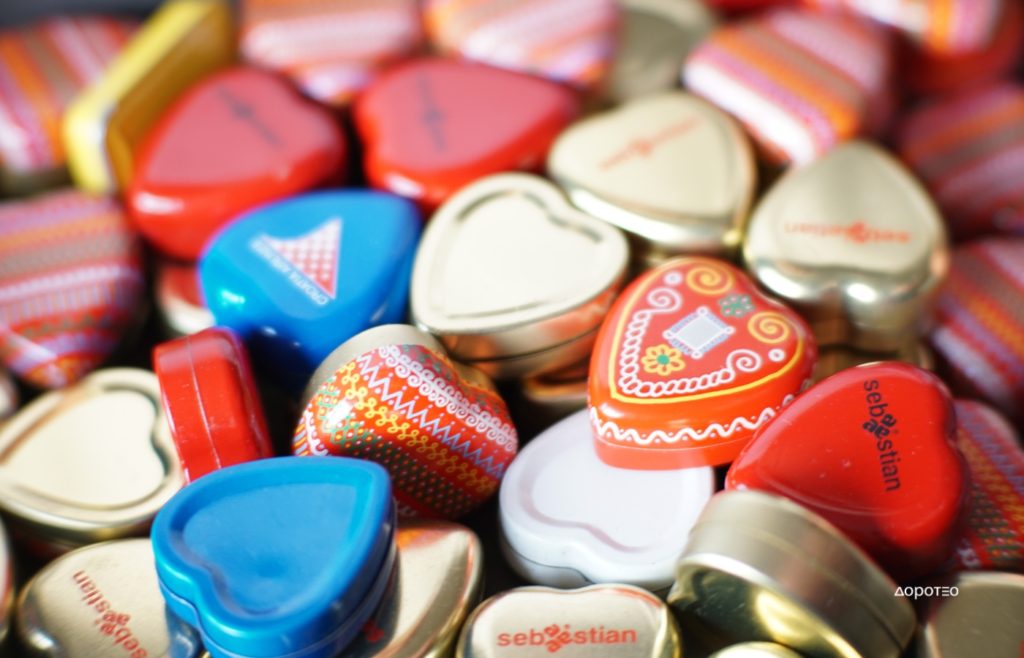
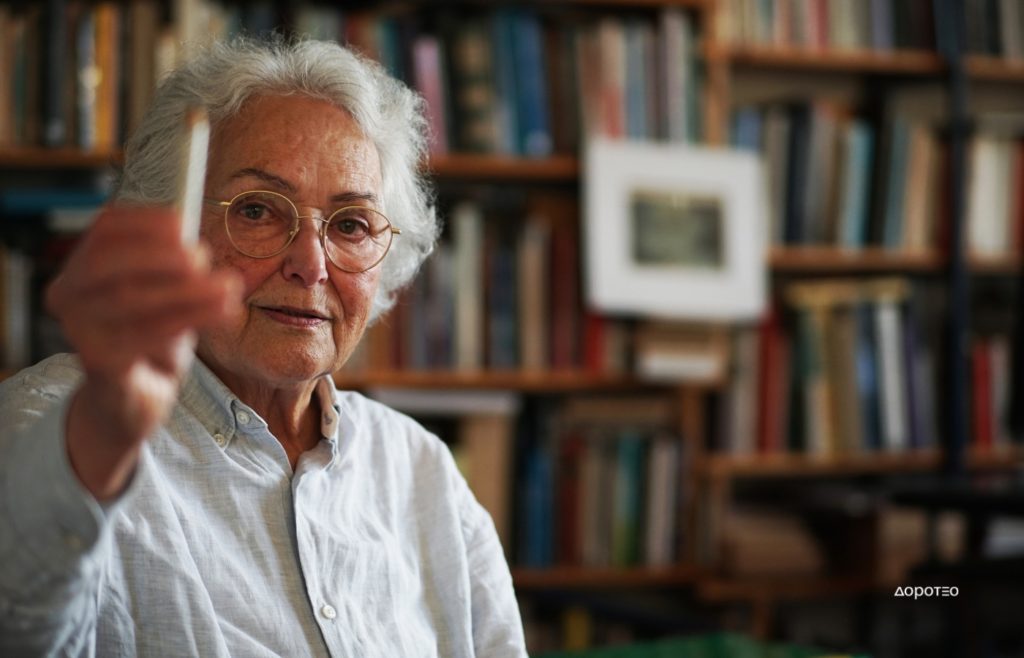
Ljuba Gamulin spent the war years in Dubrovnik, and then in Zagreb, based on her rich experience and creativity, she tried to launch a project similar to Sebastian in the newly formed state, with the idea of designing household items with manufacturers from the old assembly, but that project in the newly formed state of Croatia failed to take off, so she turned to other projects in which she achieved success almost equivalent to that achieved by Sebastian. Today, as an eighty-year-old, she has found her peace by the sea in the town of Ston on the Pelješac Peninsula, where she continues to deepen her interests by reading books, following global politics, and listening to lectures by the world’s greatest economists, artists, and scientists.
Soon, you will have the opportunity to read an exclusive interview with her on doroteo.rs!

